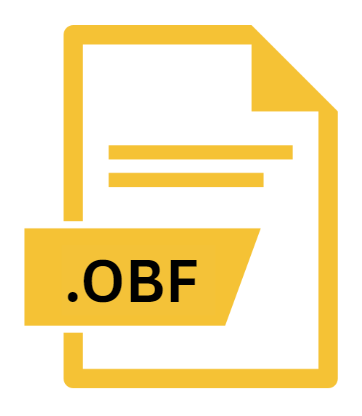.OBF File Extension

What is an OBF file?
.OBF file extension is associated with OsmAnd, a popular open-source mapping and navigation application for mobile devices.
These files serve as offline map data that users can download and utilize without requiring a constant internet connection.
This article delves into the origins, technical specifications, usage, and conversion methods related to .OBF files.
More Information.
The concept of offline maps in OsmAnd emerged from the need to navigate areas where internet access is unreliable or unavailable.
Initially, OsmAnd relied on various file formats for offline maps, but the .OBF format gained prominence due to its efficient storage and retrieval capabilities.
This format allows users to download map data for entire regions or countries, storing it in a compact file suitable for mobile devices.
Origin Of This File.
.OBF files were developed by OsmAnd to provide users with offline access to detailed maps sourced from OpenStreetMap (OSM) data.
OpenStreetMap, a collaborative project to create a free, editable map of the world, provides the foundation for OsmAnd’s maps.
The .OBF format enables users to store map data locally on their devices, facilitating navigation in areas with limited or no internet connectivity.
File Structure Technical Specification.
.OBF files are binary map data files optimized for efficient storage and access. They typically contain vector map data, including geographical features, roads, points of interest (POIs), and routing information.
The structure of .OBF files organize map data into layers and utilize compression techniques to minimize file size while preserving map detail.
Technical specifications of .OBF files include:
- Vector Data: Geographic features represented as vectors.
- Compression: Use of zlib or other compression algorithms to reduce file size.
- Indexing: Spatial indexing for fast retrieval of map data.
- Compatibility: Designed to be compatible with OsmAnd’s map rendering engine and navigation algorithms.
How to Convert the File?
Converting .OBF files may be necessary to use them with other mapping software or to share modified map data.
Tools such as OsmAndMapCreator and OsmAndMapConverter are commonly used for this purpose. The conversion process typically involves:
- Exporting Data: Export .OBF files to a compatible format like .GPX or .KML.
- Using Conversion Tools: Utilize specialized software to convert .OBF files to formats readable by other mapping applications.
- Importing: Import converted files into the desired mapping software for further use or modification.
Advantages And Disadvantages.
Advantages:
- Offline Accessibility: Enables navigation in remote areas without internet.
- Customization: Users can download specific map regions tailored to their needs.
- Performance: Fast map rendering and navigation due to local data storage.
Disadvantages:
- File Size: Larger regions or high-detail maps can result in substantial file sizes.
- Updates: Requires periodic updates to reflect changes in OpenStreetMap data.
- Compatibility: Limited compatibility with other mapping applications due to proprietary format.
How to Open OBF?
Open In Windows
- Download and install OsmAndMapConverter.
- Use the converter to convert .OBF files to formats like .GPX or .KML for use in various mapping applications.
Open In Linux
- OsmAndMapConverter and other open-source tools are available for Linux distributions, facilitating .OBF file conversion and compatibility with various mapping tools.
Open In MAC
- Use similar tools available for Windows through virtual machine environments or compatible software.













